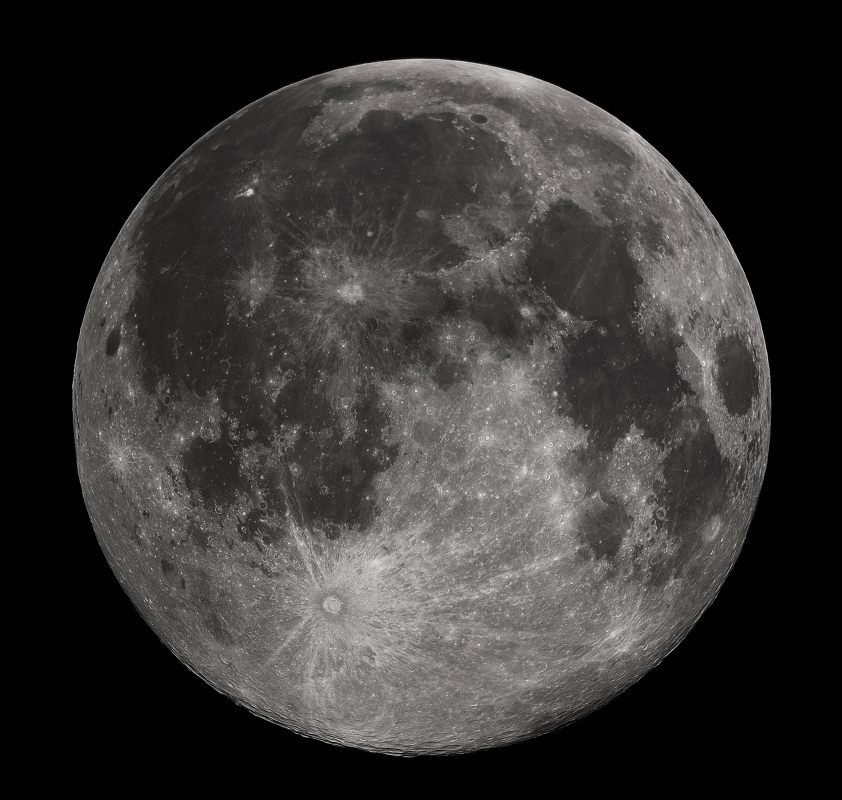As the first Indian woman to go into space, and the holder of many awards and achievements, Kalpana Chawla is this week’s celebrated woman in science.
Born in Karnal, India, she lived in an environment that encouraged hard work and success. She was naturally curious and was known to have an interest in flying from a young age, where her school projects were based on the stars, planets and space. Although education was considered a luxury for girls in India at the time, her mother was liberal and pushed her to go to school along with her sisters. It is known that once during a maths lesson, her teacher explained a “null set” in algebra using the example of the set of “female Indian astronauts” since it was zero. Kalpana raised her hand and said that one day that set may not be empty; no one realised at that time that she would be the one to go and fill the set.
Her father encouraged her to join the Karnal Aviation Club to satisfy her love of flying. Later, she studied aeronautical engineering at Punjab Engineering College, becoming their first female graduate of this degree, before going on to study both an MSc and PhD in aerospace engineering. Her father needed some persuasion to let her study engineering since it was seen as an “inappropriate subject” for girls, but once he saw how passionate she was, he joined the rest of her family in letting her go. There was no accommodation for girls on her degree, so she lived alone in a tiny room, passing her free time by becoming a black-belt in karate, editing the student magazine and being the secretary of the college’s Aero Club and Astro Club. It took even more persuading to allow her to go to the USA for further study so she joined the course a few months after it began, but still graduated with flying colours.
She met her husband Jean-Pierre Harrison at University of Texas, who was a flying instructor, and he taught her to fly a plane. She became a licensed flight instructor and could fly single and multi-engine planes and single engine seaplanes. After graduating, she initially worked for NASA doing research on power-lift computational fluid dynamics and testing of shuttle software. Many of her findings on optimisation of efficient aerodynamic techniques have been documented in journals.
She went even further in her NASA career when she completed a year of training and evaluation in the 15th Group of Astronauts in 1995 at NASA’s Johnson Centre, and was then assigned to the Astronaut EVA/ Robotics and Computer Branches as a crew representative to deal with technical issues and testing of shuttle control software. In 1996 she became a mission specialist and lead the operation of the robotic arm on STS-87, flying in 1997. She finally went to space on the STS-87 Columbia mission which focused on studying the effects of zero gravity and observing the Sun’s atmospheric layers. In 1998 she was assigned to be a crew representative for shuttle and station flight crew equipment serving as lead Astronaut Offices Crew Systems and Habitability.

Her next mission was the 2003 STS-107 Columbia, which had been delayed for 3 years. The flight was dedicated to researching and experimentation in space where she served as a mission specialist again. The crew worked 24 / 7 on this 16-day flight in alternating shifts to conduct a total of 80 experiments successfully. The STS-107 Columbia is better known for its tragic ending, where the shuttle disintegrated on entry into the earth’s atmosphere, 16 minutes before landing was scheduled to happen. This is thought to be down to hot gas from the atmosphere blowing into the wing at high pressure causing it to shred apart. Many people recall watching the shuttle buckle as a “last garbled message was received” before the ship depressurized a minute later at 200,000 ft, killing the crew.
She logged 30 days in space over both missions and after her death, India renamed its first satellite of Met-Sat series, ‘MetSat-1’ to ‘Kalpana-1’ in her honour. Since then, a hospital, a NASA supercomputer, an asteroid and even a hill on Mars have been named after her. She remains a hero to young hard-working Indian girls with a passion for the stars, as well as all women who dream of seeing the earth from above as she did.
Sources:
https://www.thebetterindia.com/91797/kalpana-chawla-karnal-haryana-nasa-columbia/
https://www.jsc.nasa.gov/Bios/htmlbios/chawla.html




